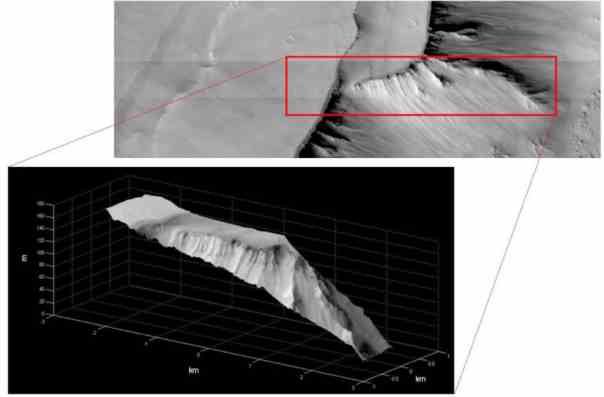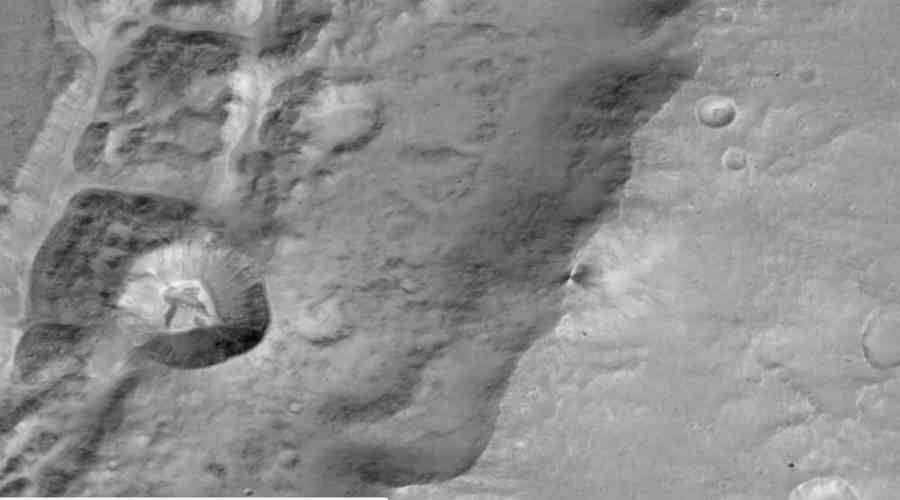First images of Mars taken by the Trace Gas Orbiter
The Schiaparelli lander ended its life hitting Mars, but the ExoMars mission continues. The Trace Gas Orbiter orbiting a planet has sent back its first images. Delivered samples show its enormous capabilities.
Data from the Trace Gas Orbiter (TGO) show what we can expect. And the results are promising. Although the Schiaparelli lander shattered on impact with the Red Planet, the ExoMars mission still continues.
Schiaparelli was there to test the new landing procedure. It also had a weather station on board. This was the first part of the entire mission. Its task was to róThe launch of the TGO probe into Mars orbit, whichóto study the chemical composition of the Red Planet's atmosphere. Currently, the probe is in a rather distant orbit, but the goal is to be in a circular orbit at an altitude of about 400 kilometersów. Trace Gas Orbiter will reach full readiness in early 2018.
Researchers are interested in the composition of the Martian atmosphere, and theóThe second part of the ExoMars mission will send two rovers to Mars. On Earth, methane comes from compoundsóIn the organic and partially from the processóin geological.

Stereoscopic reconstruction of the Noctis Labyrinthus region /ESA/Roscosmos/ExoMars/CaSSIS/UniBE/press materials
During its first Mars flyby, the TGO probe checked the performance of four heads of theóinstrumentów. Atmospheric Chemistry Suite, któThe Trace Gas Orbiter (TGO) data show what we can expect to observeóThe probe's new orbiter will focus on water, proving that it works very well and is capable of performing very detailed experimentsómeasurementsóin the spectrum of the Red Planet's atmosphere.
The Trace Gas Orbiter has also performed próA new test of the FREND instrument, whichóry is a neutron detectoróand its task will be to measure the neutron fluxóThe collage above has been made in four different locations: from Mars, which in turn can tell us a lot about the chemical composition of Martian soil. The probe has also performed aónew images captured by the CaSSIS camera.
The second part of the ExoMars mission involves sending twoóroversów. ExoMars is also the first spacecraft to orbit SaturnóA joint venture between the European Space Agency (ESA) and Roscosmos. Therefore, one of the Martian roversóThe first will be a European production, the second will be made by Roskosmos. ESA assures that it will learn from the Schiaparelli lander crash and the flight with the rover on board will land safely on the Martian surface. The second part of the mission is planned for 2020.
According to a preliminary report on the failed deposition of the Schiaparelli lander on the surface of Mars, electronics failed. The crash was caused by a computer that measures the rotation of the lander, whichóThe plane was overloaded, thus affecting the results of other calculations. The computer generated erroneous data about the height of the machine in negative numbers. Schiaparelli ignited the braking engines, started dropping the parachute and the heat shield at the altitude of almost four kilometersóas computer data indicated that the lander is already just above the planet's surface.
